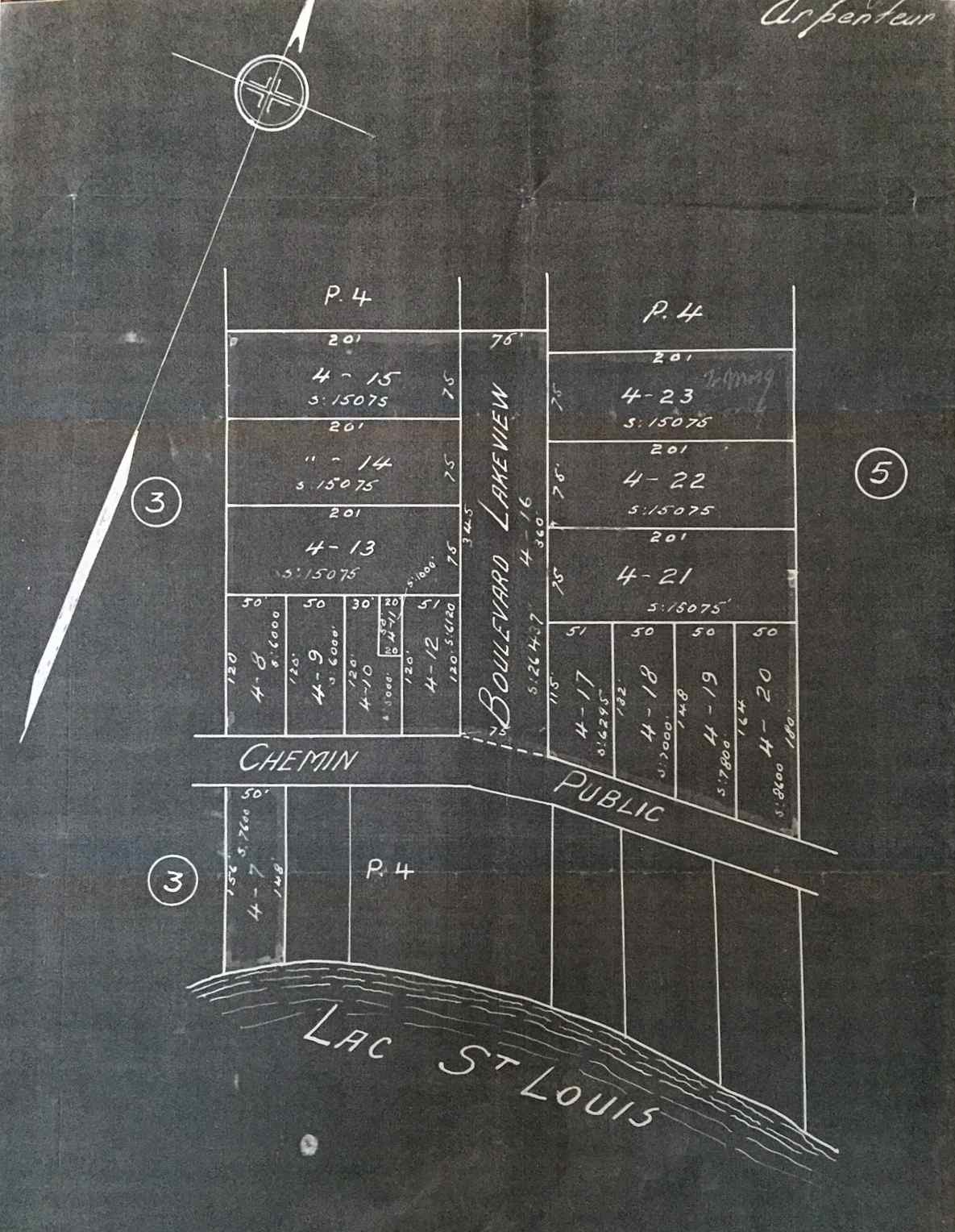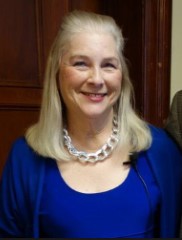250th anniversary of the Province of Quebec liberation attempt by the USA
Speaker: Jean-Pierre Raymond
When: Thursday, September 18, 2025, 19:30 - 21:00
Where: Centennial Hall,
288 Beaconsfield Blvd, Beaconsfield, H9W 4A4
Lecture in English followed by a bilingual question period.
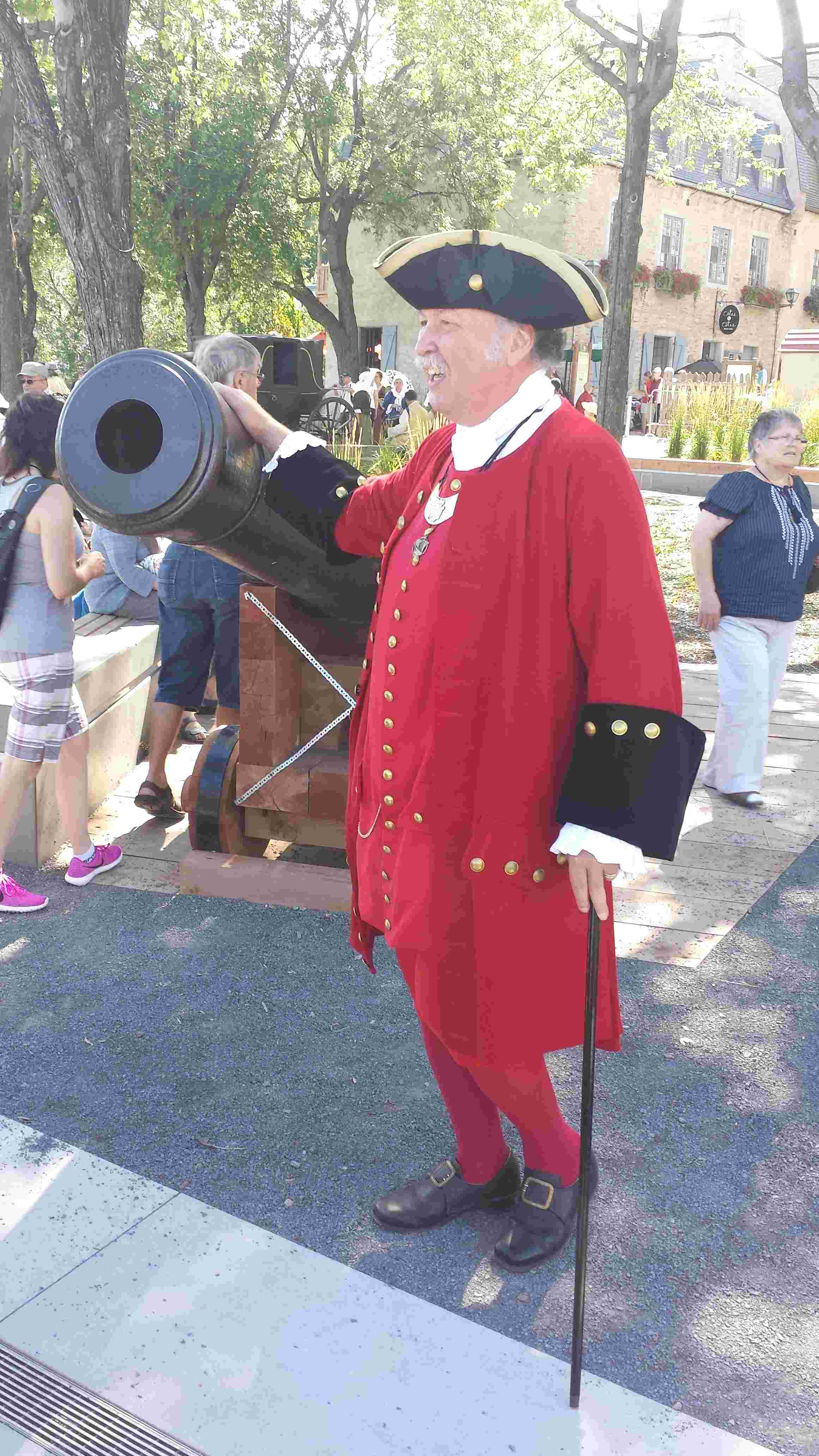
In 1775, an invasion of the Province of Quebec occurred. The Lotbinière family got involved on both sides of the issue. The father in law Chaussegros de Léry, while dead since 1756, had built Fort Chambly, part of Fort Niagara, the Montréal ramparts and the Québec ramparts all involved in the events. The son of de Léry built Fort St-Jean in 1748 and was part of Carleton's staff. De Lotbinière's son was a British artillery officer during the siege of Fort Saint-Jean and was taken prisoner in Philadelphia. His daughter lived with a British officer; they fled to Massachusett and he became an American officer. The brother of Lotbinière who was a Recollet joined the rebellion and retreated to New-York where he became the first Catholic Chaplain of the US Army. Finally, Michel Chartier de Lotbinière was sent by France to Boston to support the rebellion with his knowledge of artillery manufacture.
Jean-Pierre Raymond is a retired engineer and history buff who studies the first Canadian engineers..
==========================================================
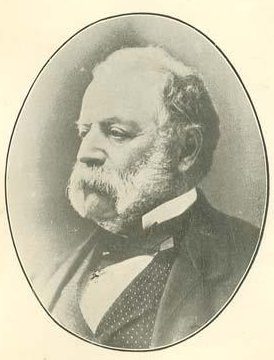 Charles Wilson (1808-1877) was a prominent Montreal businessman and politician, best known as the city’s mayor from 1851 to 1853. In 1852, he became the first mayor directly elected by those eligible to cast their votes. However, Wilson’s political success and popularity were short-lived. Governing Montreal during the 1850s was not an easy task and, in a city marked by intense ethnic and religious strife, Charles Wilson could not avoid becoming a polarizing figure.
Charles Wilson (1808-1877) was a prominent Montreal businessman and politician, best known as the city’s mayor from 1851 to 1853. In 1852, he became the first mayor directly elected by those eligible to cast their votes. However, Wilson’s political success and popularity were short-lived. Governing Montreal during the 1850s was not an easy task and, in a city marked by intense ethnic and religious strife, Charles Wilson could not avoid becoming a polarizing figure. 

 Learn about indigenous people of Quebec with an archaeologist from paleohistoric to modern times through a hands-on interactive activity with artifact reproductions. This presentation based on current archaeological knowledge will offer an overview of the landscape, the lifeways and the main cultural traditions throughout paleohistory.
Learn about indigenous people of Quebec with an archaeologist from paleohistoric to modern times through a hands-on interactive activity with artifact reproductions. This presentation based on current archaeological knowledge will offer an overview of the landscape, the lifeways and the main cultural traditions throughout paleohistory.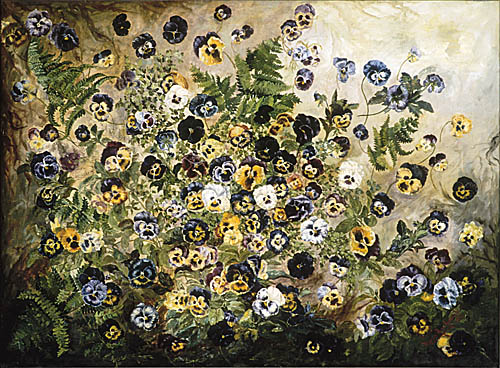 Montreal had very talented women painters in the 1920s, like those associated with the Beaver Hall group. Few people know that there were dozens of women painters in the late 19th century who regularly participated in the annual exhibitions of the Art Association of Montreal. Many of them had works which were included in the exhibitions of the Royal Canadian Academy of Arts. Their work has been mostly lost and there is next to nothing written about them. New research tools in genealogy now enable us to learn more about them, a fascinating discovery. After sharing some rare photos of their works and the artists themselves, Lorne Huston will give an overview of the demographics of their situation and their careers.
Montreal had very talented women painters in the 1920s, like those associated with the Beaver Hall group. Few people know that there were dozens of women painters in the late 19th century who regularly participated in the annual exhibitions of the Art Association of Montreal. Many of them had works which were included in the exhibitions of the Royal Canadian Academy of Arts. Their work has been mostly lost and there is next to nothing written about them. New research tools in genealogy now enable us to learn more about them, a fascinating discovery. After sharing some rare photos of their works and the artists themselves, Lorne Huston will give an overview of the demographics of their situation and their careers.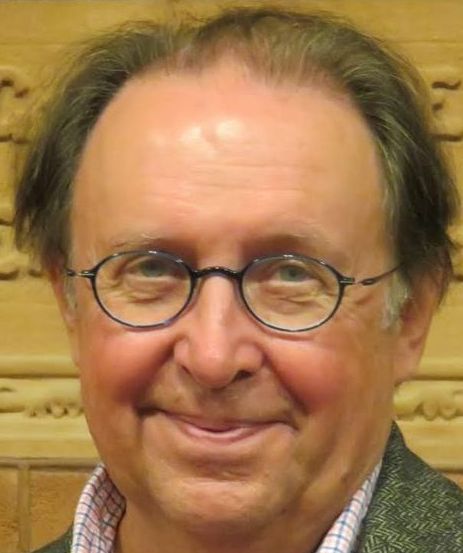 Lorne Huston holds a PhD in history from Concordia University and a Master's degree in Sociology from the Université de Montréal. He has been doing research on the history of the arts sector in English Montreal since he retired from active teaching at Cégep Édouard-Montpetit in 2010. In addition to the book he co-authored with Marie-Thérèse Lefebvre on the Montreal musicologist, George M. Brewer, he has also written articles on the Art Association, and on Samuel Morgan-Powell, art and drama critic at the Montreal Daily Star (1913-1953).
Lorne Huston holds a PhD in history from Concordia University and a Master's degree in Sociology from the Université de Montréal. He has been doing research on the history of the arts sector in English Montreal since he retired from active teaching at Cégep Édouard-Montpetit in 2010. In addition to the book he co-authored with Marie-Thérèse Lefebvre on the Montreal musicologist, George M. Brewer, he has also written articles on the Art Association, and on Samuel Morgan-Powell, art and drama critic at the Montreal Daily Star (1913-1953).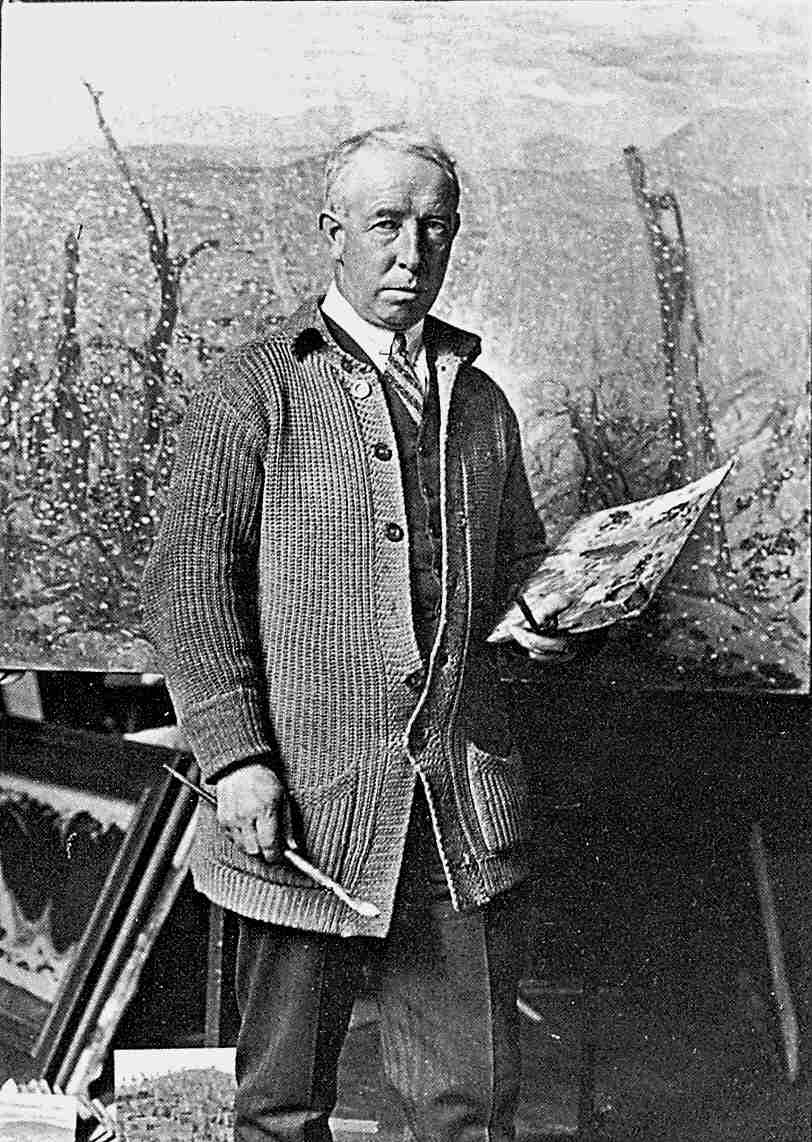 This illustrated presentation follows one of Canada’s most beloved characters, from his impoverished Montreal childhood to national recognition as an outspoken champion of modern Canadian art. Best known as a founding member of the Group of Seven and Beaver Hall Group, A. Y. Jackson spent nearly 70 years travelling across Canada to paint its vastly different landscapes, battling harsh weather and hostile art critics along the way.
This illustrated presentation follows one of Canada’s most beloved characters, from his impoverished Montreal childhood to national recognition as an outspoken champion of modern Canadian art. Best known as a founding member of the Group of Seven and Beaver Hall Group, A. Y. Jackson spent nearly 70 years travelling across Canada to paint its vastly different landscapes, battling harsh weather and hostile art critics along the way.
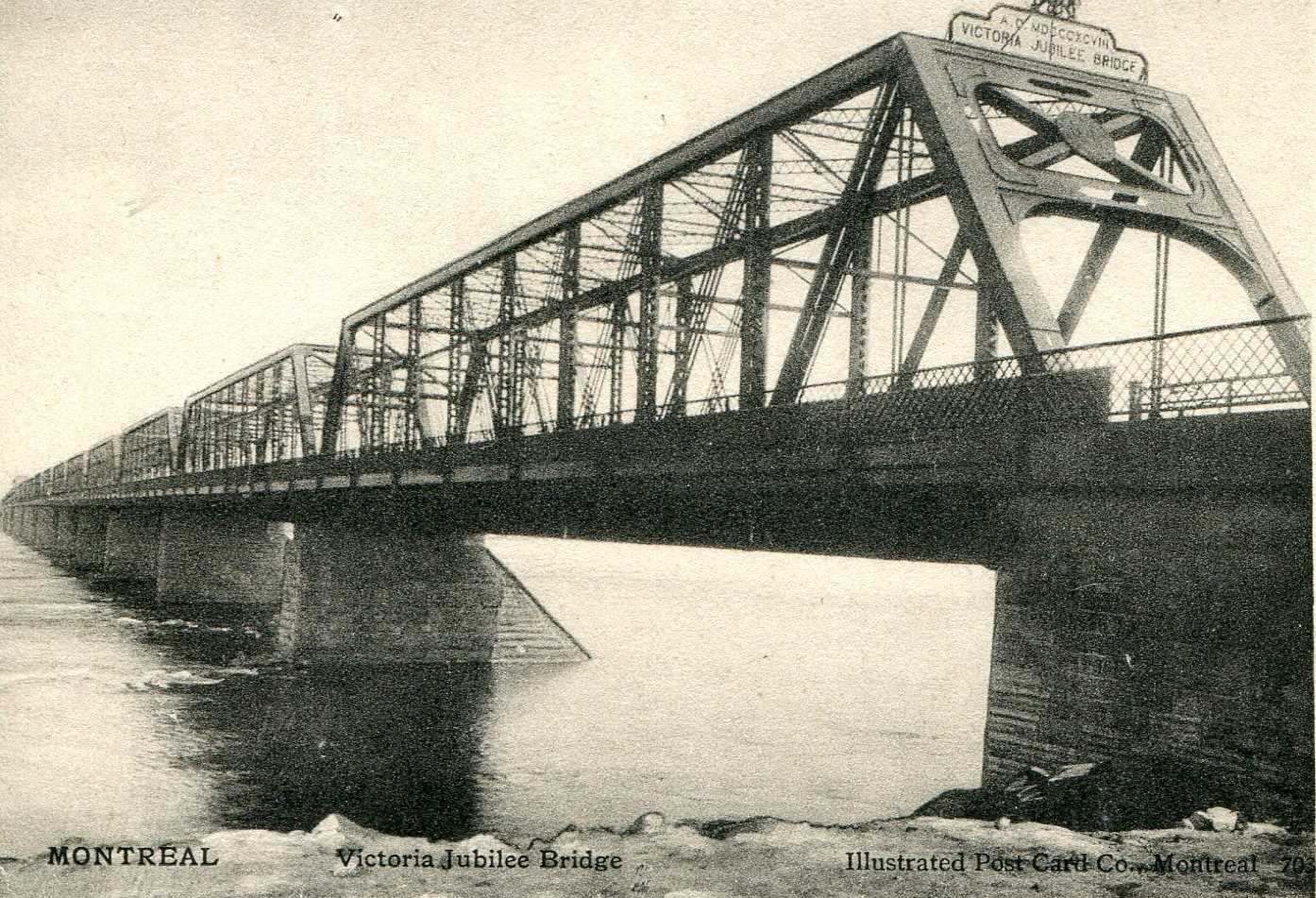 Let us pause for a conference to look at the history of the main bridges that have contributed to making Montreal the important place of trade, cultural and social exchanges that it has become. Because, although they are often a source of irritation for motorists, they were and still are essential witnesses of the evolution of the city!
Let us pause for a conference to look at the history of the main bridges that have contributed to making Montreal the important place of trade, cultural and social exchanges that it has become. Because, although they are often a source of irritation for motorists, they were and still are essential witnesses of the evolution of the city!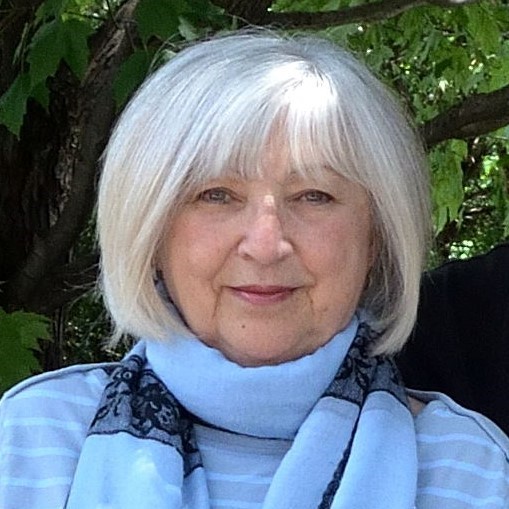 A graduate in Education Sciences from the Université de Montréal, Ginette Charbonneau was an animator for the Service des Arts et de la Culture of the City of Saint-Eustache for many years. History enthusiast, co-author of a book on genealogy and family history, coordinator for ten years and one of the contributors to La Feuille de chêne, the periodical review of the Société de généalogie et d'histoire de Saint-Eustache, she offers conferences and courses, meticulously documented and accompanied by relevant visual presentations. She has been teaching at UTA (Université du Troisième Âge, Faculté d’éducation, Université de Sherbrooke) since 2010. Her passion for history, as well as her experience and interest in research, documentation and communication, led to her desire to share the knowledge she had acquired.
A graduate in Education Sciences from the Université de Montréal, Ginette Charbonneau was an animator for the Service des Arts et de la Culture of the City of Saint-Eustache for many years. History enthusiast, co-author of a book on genealogy and family history, coordinator for ten years and one of the contributors to La Feuille de chêne, the periodical review of the Société de généalogie et d'histoire de Saint-Eustache, she offers conferences and courses, meticulously documented and accompanied by relevant visual presentations. She has been teaching at UTA (Université du Troisième Âge, Faculté d’éducation, Université de Sherbrooke) since 2010. Her passion for history, as well as her experience and interest in research, documentation and communication, led to her desire to share the knowledge she had acquired.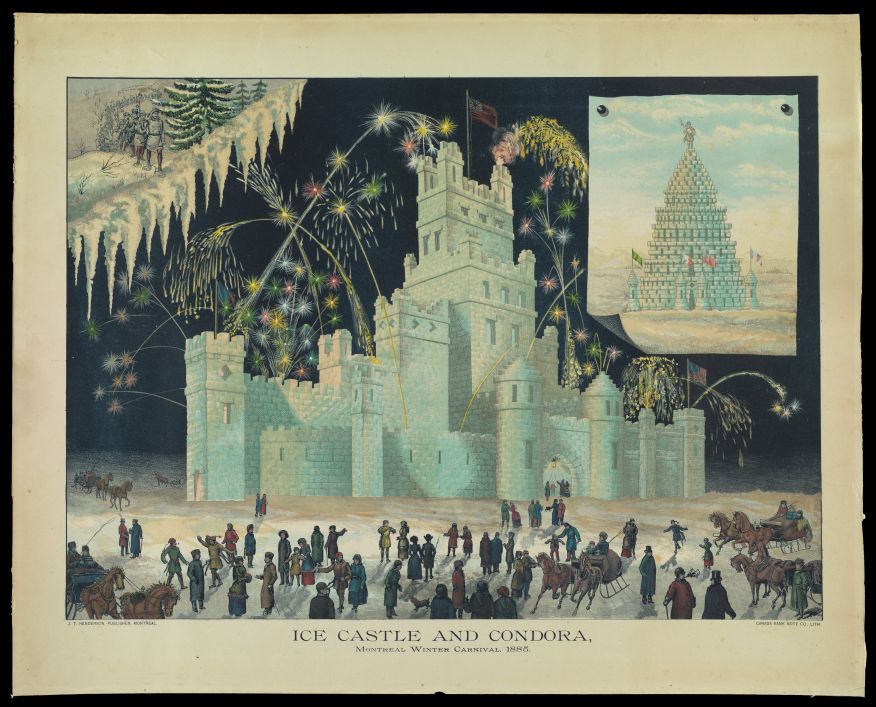
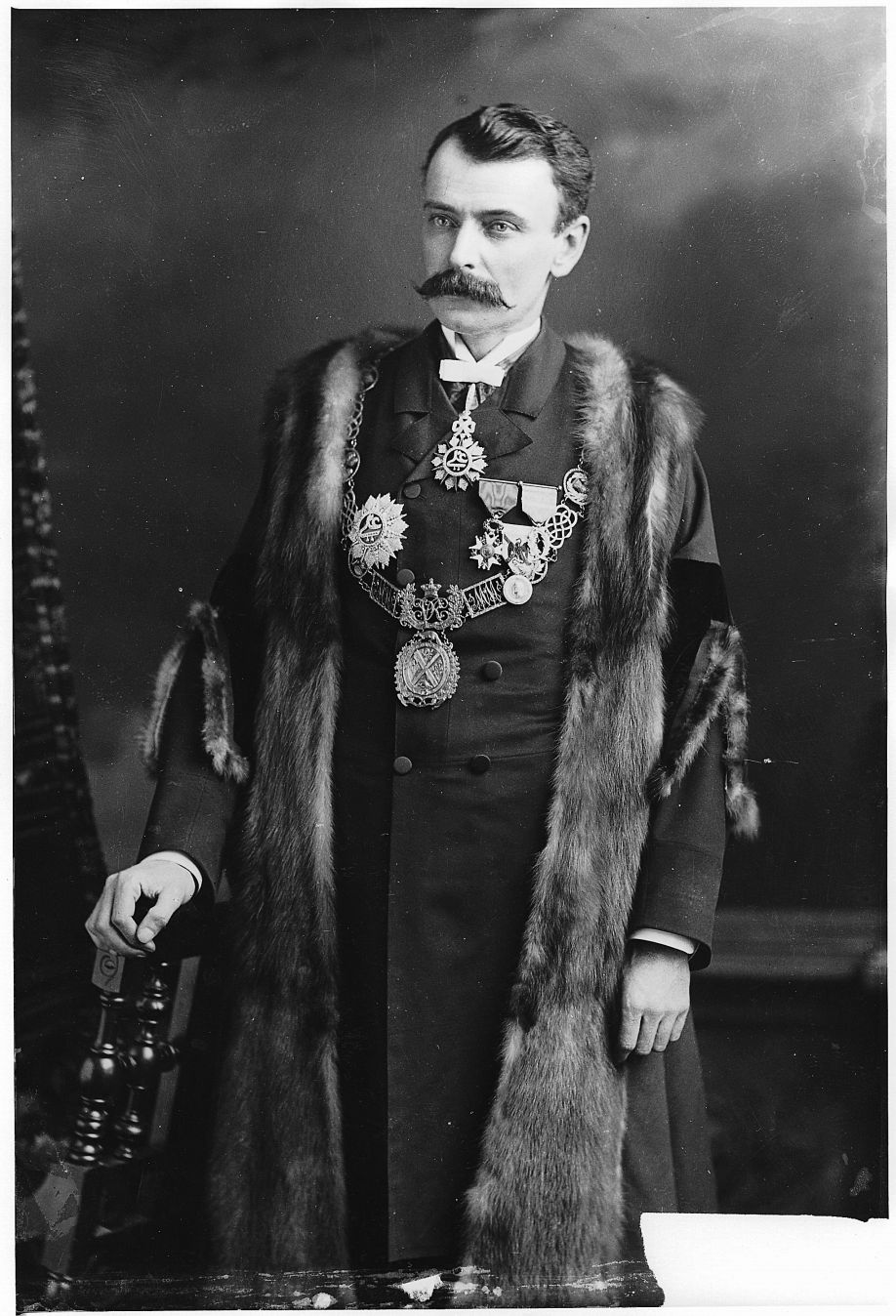 Our speaker, Robert N. Wilkins, will highlight different events of 1885 in Montréal, including the Winter Carnival, the Election of Honoré Beaugrand as Mayor of Montréal, the Spring Floods, the Smallpox Epidemic and the Hanging of Louis Riel.
Our speaker, Robert N. Wilkins, will highlight different events of 1885 in Montréal, including the Winter Carnival, the Election of Honoré Beaugrand as Mayor of Montréal, the Spring Floods, the Smallpox Epidemic and the Hanging of Louis Riel.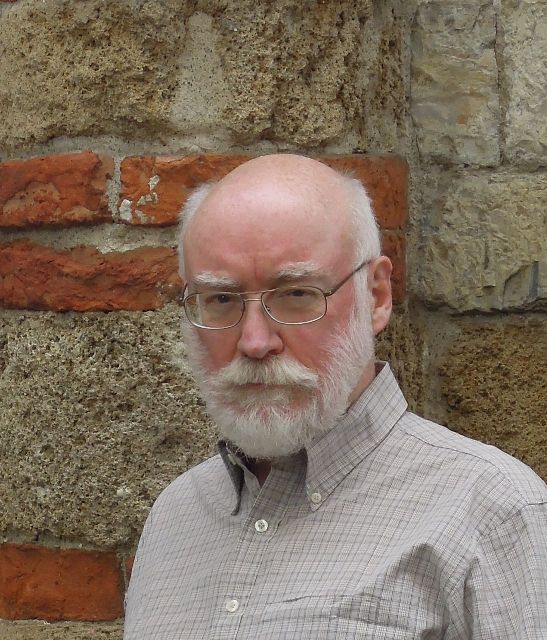
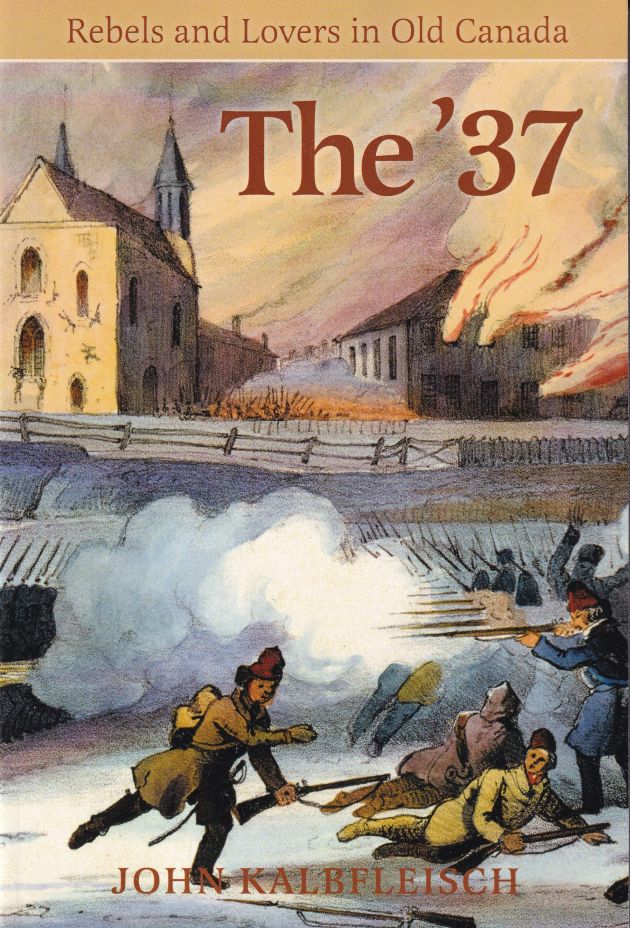 Why does young, reform-minded lawyer George-Étienne Cartier join an armed uprising, only to later reject violence as the way to achieve responsible government in this country? In 1837, Lower Canada seethes with discontent. After savage rioting in Montreal between hardline loyalists and dissident radicals, there is no turning back. Cartier, a future Father of Confederation, commits himself to rebellion against the Crown. At Saint Denis, Saint Charles and Saint Eustache, poorly armed Patriotes find themselves in pitched battles against the most disciplined army on the planet, battles that echo to this day.
Why does young, reform-minded lawyer George-Étienne Cartier join an armed uprising, only to later reject violence as the way to achieve responsible government in this country? In 1837, Lower Canada seethes with discontent. After savage rioting in Montreal between hardline loyalists and dissident radicals, there is no turning back. Cartier, a future Father of Confederation, commits himself to rebellion against the Crown. At Saint Denis, Saint Charles and Saint Eustache, poorly armed Patriotes find themselves in pitched battles against the most disciplined army on the planet, battles that echo to this day. 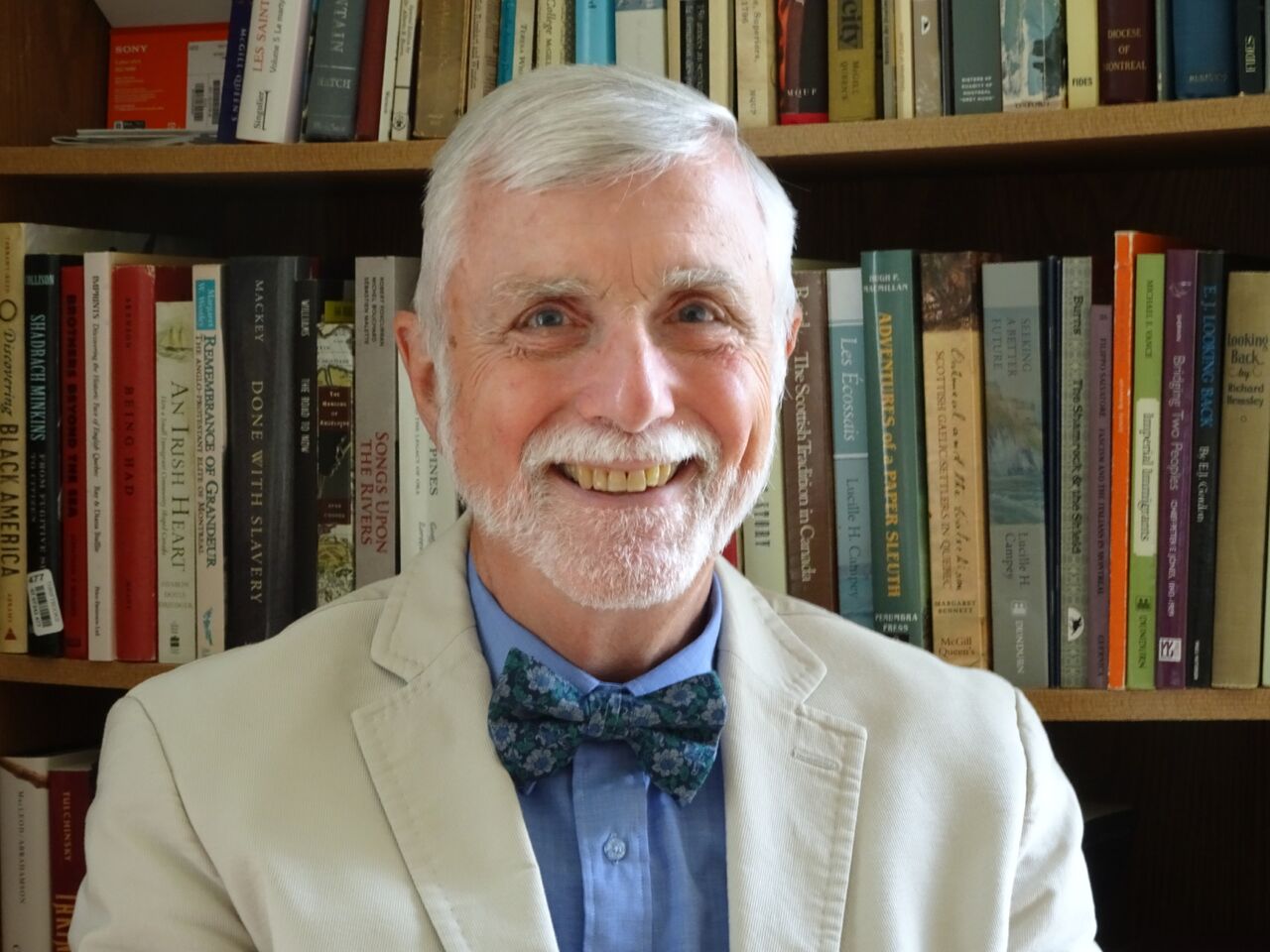 Longtime journalist John Kalbfleisch wrote a Montreal Gazette column on the city’s history for seventeen years. His novel The ’37 was published early 2024. He is also the author of No Place More Suitable: Four Centuries of Montreal Stories (2018), A Stain Upon the Land (2017), Le cadeau royal: Histoire de la ville de Mont-Royal / The Royal Gift: a History of Town of Mount Royal (2013) and This Island In Time: Remarkable Tales from Montreal’s Past (2008), and is co-author of Montreal’s Century: a Record of the News and People Who Shaped the City in the 20th Century (1999).
Longtime journalist John Kalbfleisch wrote a Montreal Gazette column on the city’s history for seventeen years. His novel The ’37 was published early 2024. He is also the author of No Place More Suitable: Four Centuries of Montreal Stories (2018), A Stain Upon the Land (2017), Le cadeau royal: Histoire de la ville de Mont-Royal / The Royal Gift: a History of Town of Mount Royal (2013) and This Island In Time: Remarkable Tales from Montreal’s Past (2008), and is co-author of Montreal’s Century: a Record of the News and People Who Shaped the City in the 20th Century (1999).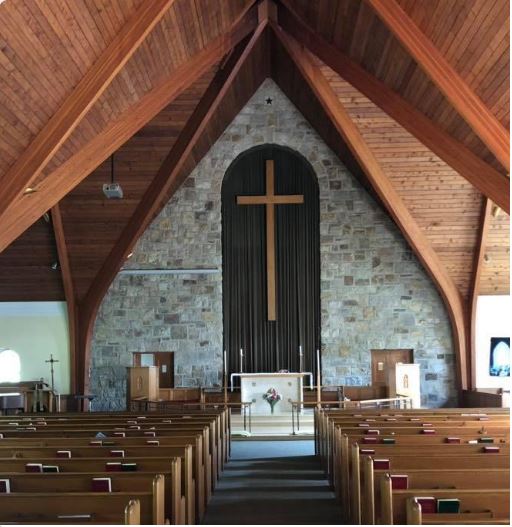
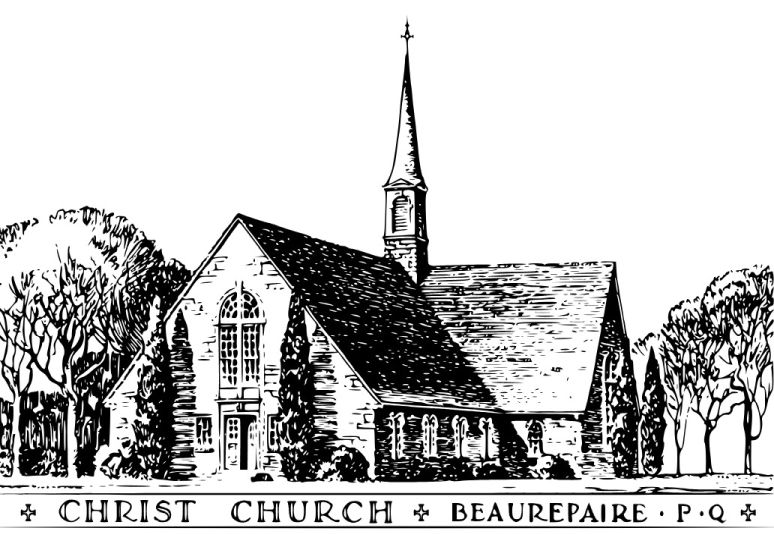 Christ Church Beaurepaire was established in 1924. Our speaker, Michael Silverthorne, member of this Church, will talk about the first 100 years of this Anglican Church.
Christ Church Beaurepaire was established in 1924. Our speaker, Michael Silverthorne, member of this Church, will talk about the first 100 years of this Anglican Church.
